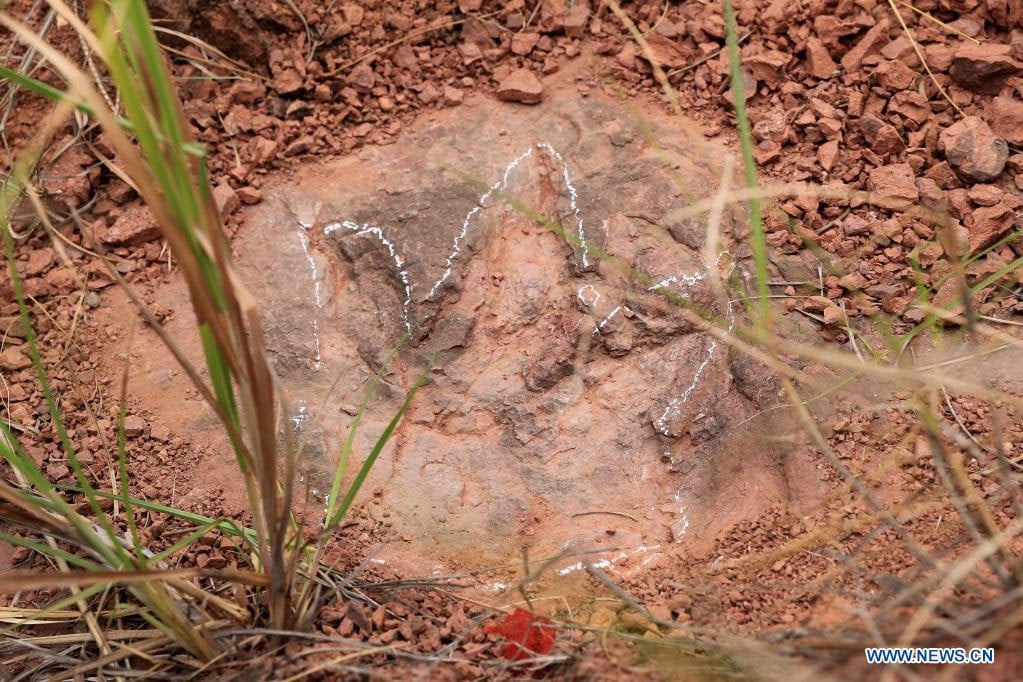Researchers discover huge “Dinosaur dance floor” in China

In China, researchers have found many dinosaur footprints in an area of 1,600 square meters described in the literature as a “dinosaur dance floor.” So far, 8 kinds of dinosaur footprints have been seen on the dinosaur dance floor.
It was determined that the dinosaurs that left their footprints were between 20 meters and 1 meter.
The dinosaur dance floor was found in Shanghang County, Fujian Province, China.
The “dance floor” was an excavation site measuring 100 square meters and approximately 200 dinosaur tracks have been identified there, said Xing Lida, a palaeontologist at the China University of Geosciences and a member of the research team.
The concentration of dinosaur footprints indicates that it could have been a pathway for dinosaurs roaming the area in a relatively short period of time during the Late Cretaceous, he added.
The footprints were first spotted last November when over 240 fossilized dinosaur footprints were identified, and another 364 dinosaur tracks were found in early April.
So far over 600 dinosaur footprints have been discovered in the dinosaur track site, which covers an area of about 1,600 square meters. The site is located in the county’s Longxiang Village.

The number of dinosaur footprints is expected to exceed 1,000 as the excavation works proceed, said Xing, noting that the 80-million-year-old tracks were believably left by at least eight types of dinosaurs including sauropods, large and small theropods, and ornithopods.
The newly discovered tracks include imprints left by large sauropods, which were herbivorous creatures with long necks and tails and a body that could span up to 20 meters.
The site also revealed footprints measuring less than 10 centimetres in length, which Xing said, belong to bird-footed dinosaurs about 1 meter long.
According to the scientists, it is the largest and the most diverse site of its kind discovered in China so far dating back to the Upper Cretaceous period.
The site boasts abundant geological sedimentary structures, indicating that it used to be adjacent to a water source where dinosaurs used to consume food and water, said Chen Runsheng, deputy director of Fujian Geological Survey and a member of the research team.
Chen added that more dinosaur fossils other than footprints could be found in the area as the research progresses.





